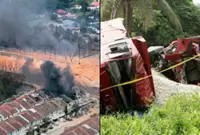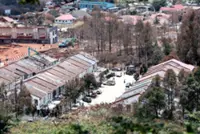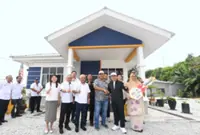The government should set up an assistance scheme to provide financial aid to affected workers, residents in the event of an industrial accident. — Filepic
THE Putra Heights gas pipeline inferno on April 1, has led to a shift in public assumption that gas pipelines are safe, despite their inherent risk.
Although the official report about the pipeline inferno has not yet been made public, precautions and guidelines are needed to prevent a recurrence.





